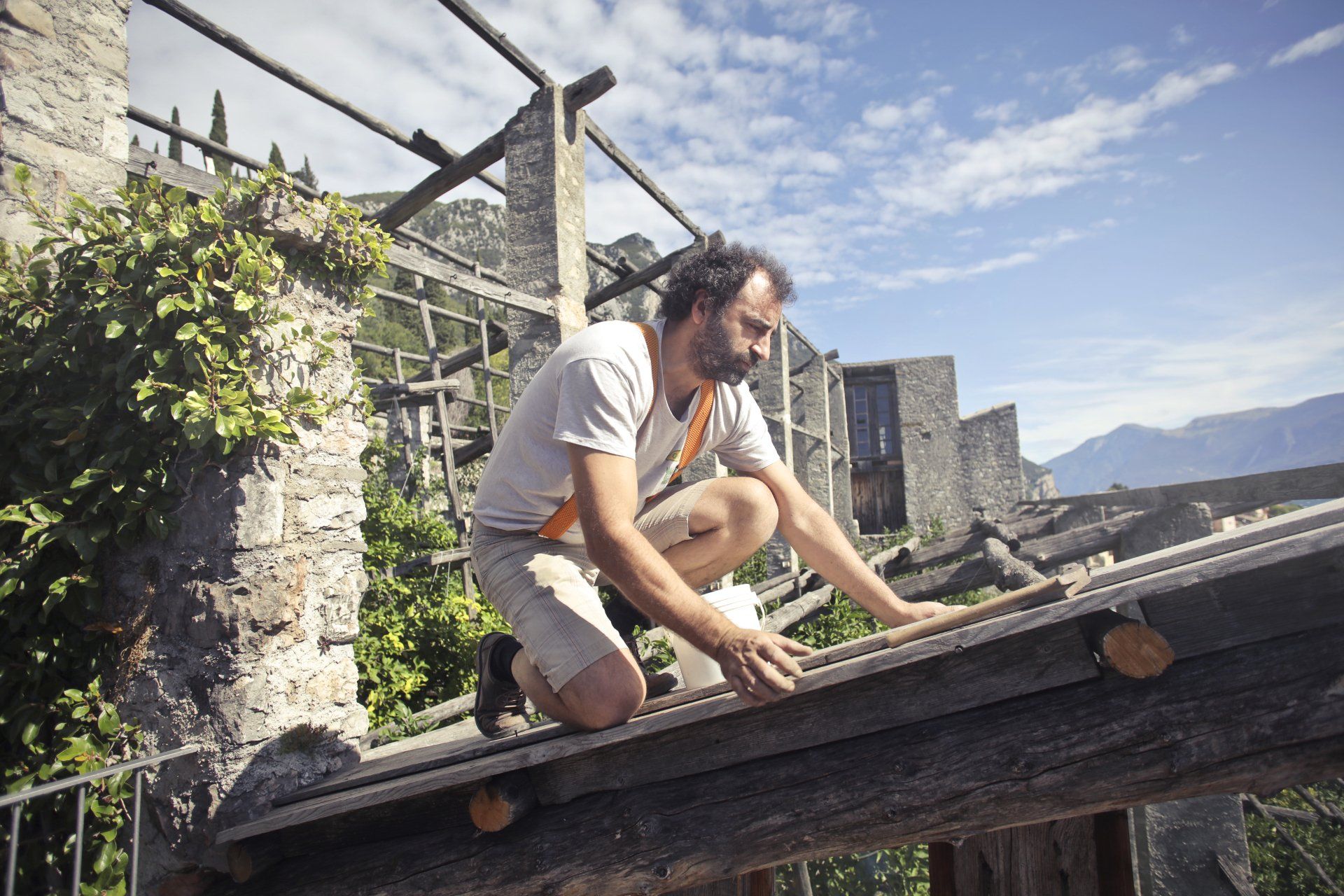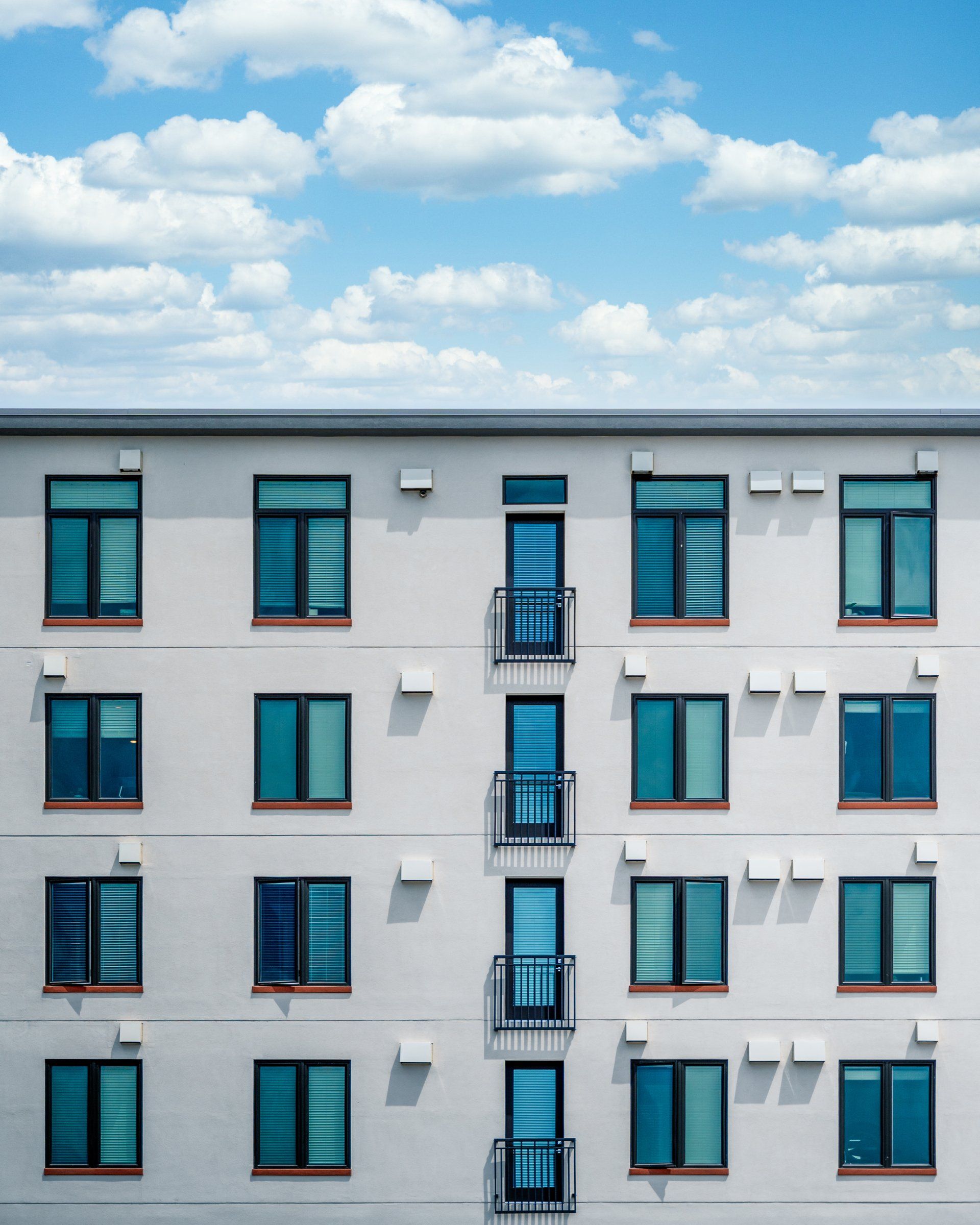Blog
A Beginner's Guide for Roof Flashing
What exactly is roof flashing? In simple terms, roof flashing refers to any sheet metal that creates an interlocking connection to the roof and any objects that are affixed to the roof, for example, chimneys, dormers, as well as pipes. They are constructed in a way that they stop water from flowing through the joint.
Every house in America is equipped with at most one vent pipe or other grate in the roof. Most likely, your previous house has a chimney or possibly a number of them.
Based on the level of your roof's complexity, you might also have dormers, valleys, or many other features that require flashing to remove rainwater. The flashing components that are neglected or not considered are usually the most leak-prone regions on the roof. However, the good news is that the majority of roofs can be dismantled in areas that are around flashings made of metal, and the flashings can be repaired or replaced to avoid leaks.
The Basic Roof Flashing Types
Vent Boot
Vent boot, also known as a vent pipe cap, is typically an iron or lead sleeve that can be placed over the top of a vent pipe opening on the roof to keep the area of the roof surrounding the pipe to prevent water leakage.
Valley Flashing
Valley flashing is made of metal or, in some cases, peel and stick that safeguards the important part on the roof, where two slopes join to create the valley. A properly sized and placed valley flashing is essential in directing water safely off the roof.
Ridge Cap
A ridge cap is a piece of roofing that is used to cover the ridge or peak of a roof. It is typically a kind of special shingle, tile, or even fabricated metal specially created to assist in the removal of debris and water. Since this is near the top of the roof, only a little amount of water will reach the ridge during rain and not the lower areas of the roof that will be carrying more runoff.
Step Flashing
Step flashings are tiny rectangular pieces of metal that are placed in a shingle style at the junction between the wall and roof to keep water out of both the wall and roof and to channel water back onto the roof and away from home.
Cricket
"Cricket" can be described as a framed out, triangular structure constructed over an existing pitched or flat roof. The design of the structure directs water away from these areas to prevent leaks. Due to their rapid change of angles, chimneys and dormers, as well as other big holes in roofs, require crickets.
Common Problems with Roof Flashing
Corrosion
Many times, when an older house was constructed using what we would consider a "lifetime" roof material, such as slate or tile roof, it is normal to use fasteners and flashings that were made from metal, which corrodes.
Tin, also known as "terne" metal (a steel that is coated on both sides by an alloy of lead and zinc), was commonly used in old homes. It was a great and durable material; however, it is susceptible to rust if it's not coated with paint. Flashings made of galvanized metal will slowly become rusty over time. Plastic components and gaskets made of neoprene will eventually be damaged by the heat and UV light.
Incorrect Repair or Installation
If you don't have a completely repaired roof, it is likely that there are some shady repairs in the roof that might not be obvious from the surface. Many roofing experts, including ones who use traditional roofing, are conditioned to use petrochemicals to seal joints and prevent leaks.

Roofing Vancouver Quote




